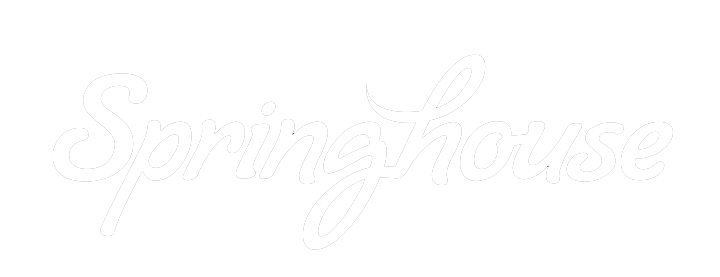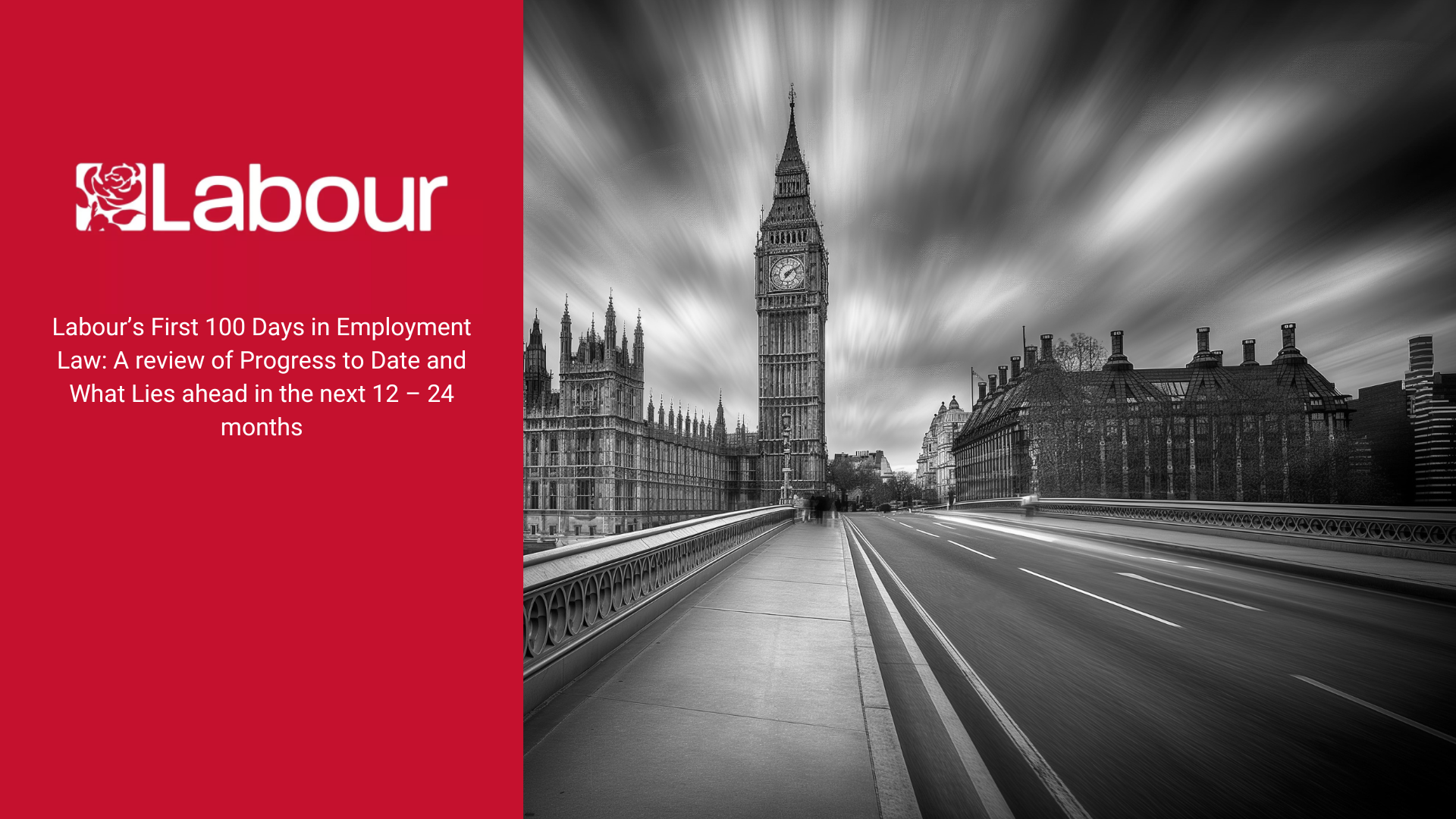What is classed as cyberbullying at work?
It can be difficult to know what is classed as cyberbullying, as well as what you can do about it. Therefore, it is important to understand what help is available.
What is classed as bullying?
There is no ‘legal definition’ of bullying. However, ACAS describe bullying as ‘unwanted behaviour’ from a person or group that is either:
- offensive, intimidating, malicious or insulting
- an abuse or misuse of power that undermines, humiliates, or causes physical or emotional harm to someone.”
Bullying can occur face to face, be a ‘one-off’ incident or a series of incidents. It can also be subtle, resulting in co-workers not necessarily noticing what is happening.
Defining cyberbullying in the workplace
‘Cyberbullying’ is a form of bullying that takes place through the use of digital applications, such as email, text messaging and social media, on devices such as smartphones, PCs, and tablets.
Cyberbullying over social media
In the workplace, this can include sending hurtful comments about someone, either in a professional or personal context.
The comments do not have to be untrue to amount to bullying; it is the intention behind the comments and the effect they have that matters.
Emails
It is important to think twice about the contents of an email. Threats, either overt or veiled, or unkind emails can amount to bullying, even if the sender claims that what they said was meant as a ‘joke’.
Making and sharing unpleasant images
Posting images with distasteful captions, or editing images to make fun of someone, can also amount to bullying, as can sharing offensive content.
Invasion of privacy
This type of cyberbullying involves sharing someone’s private data online. It may include releasing personal details to associates or strangers. The behaviour is referred to informally online as ‘doxxing’. Threatening to release this data is a common form of manipulation.
Cyberbullying as harassment
Some cyberbullying may qualify as harassment, e.g. where someone has unwarranted disrespectful or intimidating behaviour directed at them because of who they are or what they do.
Under the law ‘harassment’ has occurred when the unwanted behaviour:
- has violated the person’s dignity, whether or not it was intended
- has created an intimidating, hostile, degrading, humiliating or offensive environment for the person, regardless of whether it was intended
Harassment will be directed at a person in relation to one of the protected characteristics set out by the Equality Act 2010.
What you can do about cyberbullying
Keep any evidence
It is important to keep any communications you find offensive, undermining or upsetting. For example, save emails and text messages, and take screenshots of comments on social media.
Talk it through if you can
You do not have to tolerate bullying. While it may be difficult to speak to the person perpetrating the upsetting behaviour, it may sometimes be that they are unaware that their behaviour is inappropriate or offensive.
If speaking to the perpetrator is not an option, you should speak to your manager or HR team about it.
Check your company handbook
Your employer should have a clear policy on how to deal with any kind of bullying, including cyberbullying, so it is worth familiarising yourself with this.
When you have spoken to your manager, they should deal with the person concerned, either informally or formally, depending on the circumstances.
If someone is found to be guilty of bullying or cyberbullying, there are a number of sanctions which can be applied. These include an informal or formal warning or, ultimately, dismissal.
Block the person concerned
You could choose to stop the perpetrator from contacting you by blocking them on social media platforms, blocking their phone number in your phone’s contact list, and by reporting offensive comments to social media or forum platform administrators.
At your workplace, you could also contact the IT department to see if there are any steps they can take. For example, if you can’t identify the perpetrator, they may be able to help.
Finding professional advice on cyberbullying in the workplace
Some forms of bullying may be covered by other forms of employment law, such as discrimination and harassment, which could require disciplinary investigation and action, or raising a formal grievance if you are unhappy with your employer’s response to the issue.
With this in mind, it may help to get an expert legal opinion on your circumstances. Our team of experienced employment law solicitors can advise on the correct way to handle bullying and harassment in the workplace, including any subsequent action such as taking the matter to tribunal.
For an initial conversation about your situation, get in touch today.







